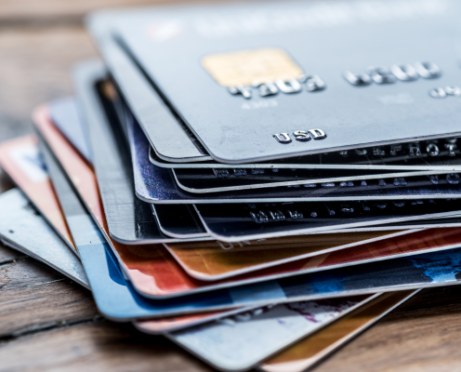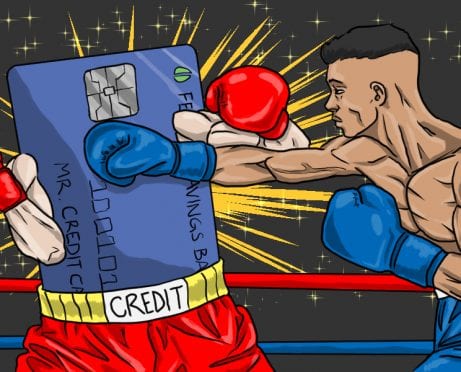
Pop quiz: How much interest do you pay on your credit card balance? How much is the penalty if you miss a credit card payment? Do you pay fees if you use your card abroad?
All the answers are in your credit card agreement. If you didn't know them, you're not alone. Many Americans find credit card agreements hard to read.
 A study published in 2018 in Finance Research Letters found the typical credit card agreement is written at an eighth- or ninth-grade reading level — higher than the average American reading level of seventh grade, as determined by the Department of Health and Human Services.
A study published in 2018 in Finance Research Letters found the typical credit card agreement is written at an eighth- or ninth-grade reading level — higher than the average American reading level of seventh grade, as determined by the Department of Health and Human Services.
The study, which analyzed a database of credit card agreements from 2014, also found harder-to-read agreements are associated with higher financial charges.
“We find if it's more difficult to read, not only do you have higher (annual percentage rates), but also higher monthly payments and higher cash advance fees,” said Hui-Ju Tsai, associate professor of business management at Washington College and a co-author of the study with Alyxandra Cash.
While credit cards can lead to debt, if you use them responsibly, they can also help build your credit score.
Lenders, landlords, and insurers use your credit score as a measure of your financial health, so maintaining a high score is a good habit.
Knowing what's in your credit card agreement can help you stay out of debt (here are three ways your credit affects your insurance).
Here's how to read yours, using examples from two of the most popular credit issuers, Citibank and Chase. (Note: These are examples, so the numbers and terms you see on your own credit card agreement may vary.)
Build Better Credit Today With a Secured Credit Card — Apply Here >>
Interest Rates
Credit cards charge an interest rate known as the annual percentage rate if you carry a balance at the end of the month. APRs are located at the top of credit card agreements, which contains most of the pricing information for a credit card.

Credit cards can have multiple APRs. Some have a promotional APR that increases after the offer ends. There may also be APRs for cash advances or paying your bill late.
Fees
That's right, there's more to pay on top of interest. Many cards charge an annual fee just for having the card. They may also charge for specific actions like balance transfers or foreign transactions. Fees are located in a table just below APRs. When considering a credit card, ask yourself whether your spending habits would lead to high expenses based on these fees.

Payment Deadline
Want to avoid these charges? Check your credit card agreement for a section called “How to avoid paying interest on purchases.” It's located in the table on APRs between interest and fees. It will tell you when your credit card bill is due each month. If you fail to pay the balance off on time, you'll pay interest on it.
No Credit Check Needed — Apply for Your Secured Credit Card Here >>
Your Credit Info
Going further down into the terms and conditions, take note of how the issuer will access your credit report. A credit card application will show up as a “hard inquiry” on your credit report, and too many can drag your credit score down significantly. Learn more about this common credit mistake.

Rewards
Finally, the good stuff. Your agreement will also contain the rules governing the rewards program for your card, if it has one. Read this over carefully, because the rewards may come with more limits than advertised.

What Can Change?
The APR can and does change regularly. The way APRs are calculated is listed under the rates:

The “prime rate” is the rate banks charge to their best customers. It closely tracks a benchmark rate set by the Federal Reserve. When the Fed raises rates, you can expect your credit card payments to get more expensive.
The APR isn't the only term that could potentially change. Most agreements will include language saying the issuer has the right to change stuff around. That's why it's important to stay on top of communications with your issuer to make sure any changes don't hurt your finances.
Want more money explainers? Sign up for the Policygenius newsletter.
This article originally appeared on Policygenius.











